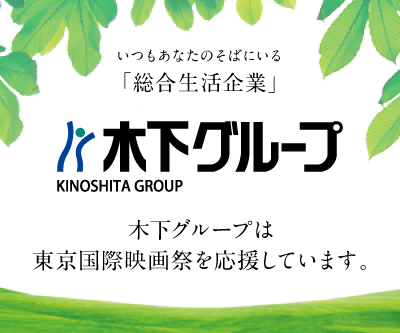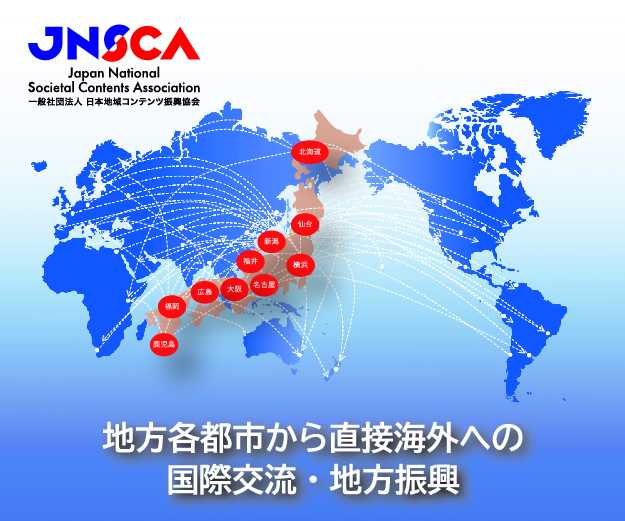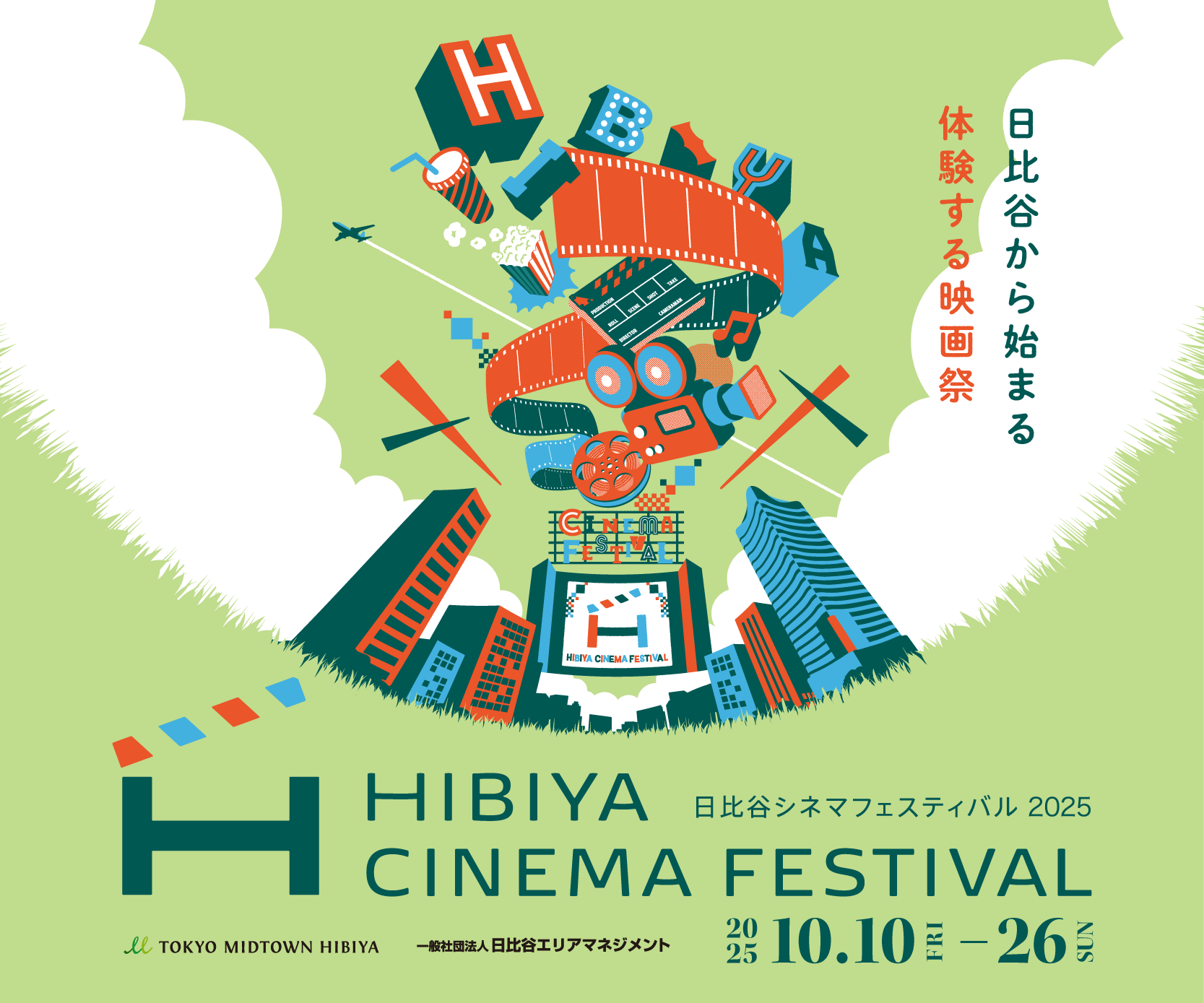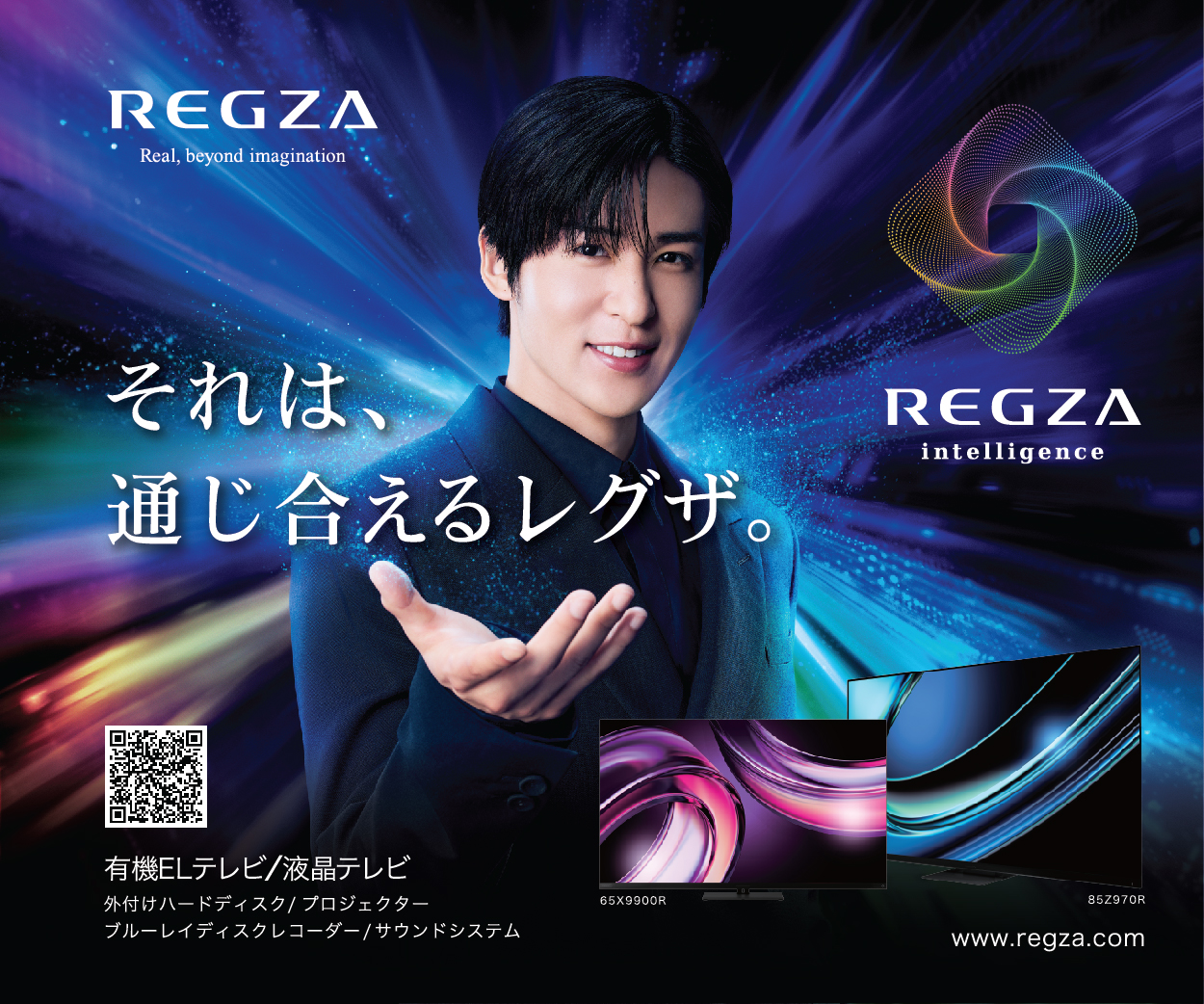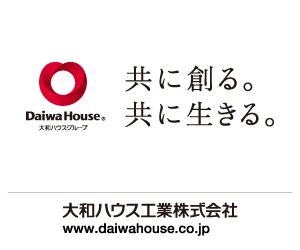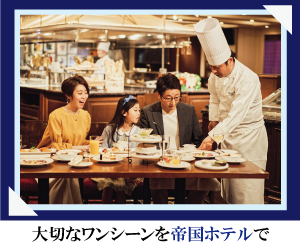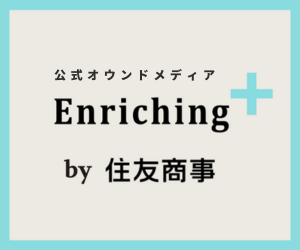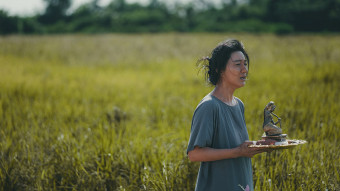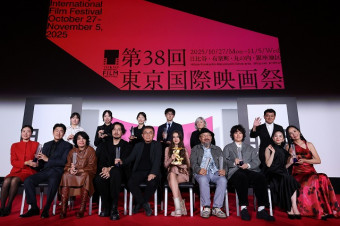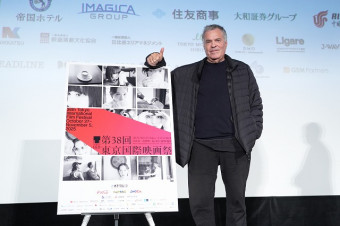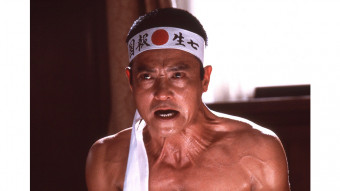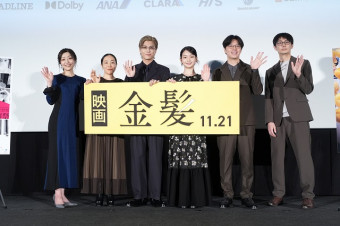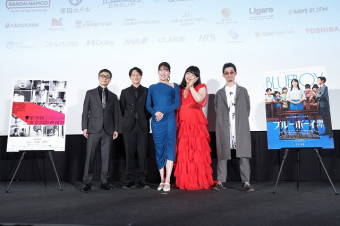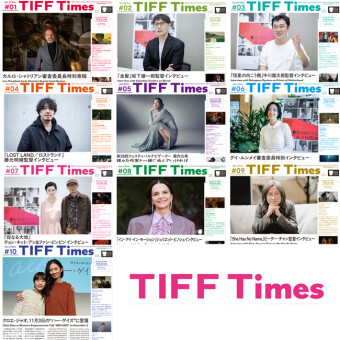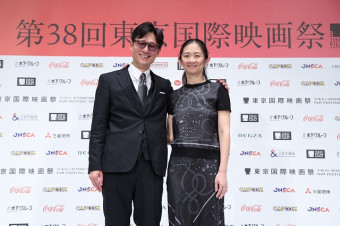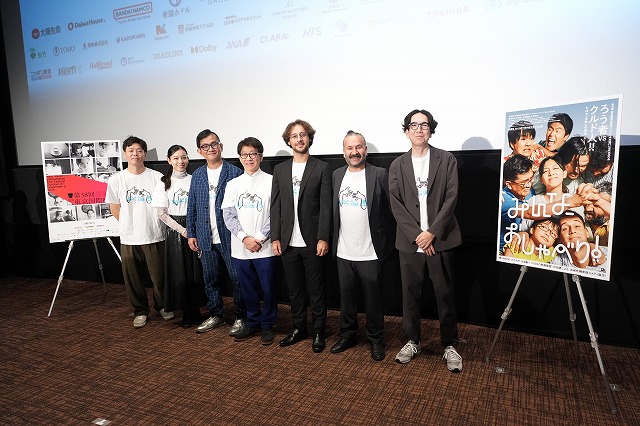
While stories about CODA (child of deaf adult) are getting their fair share of cinematic attention in recent years, from the Oscar®-winning CODA (2021) to O Mipo’s adorable Living in Two Worlds (2024), The Chatterboxes proves that there is much more to say about the experience. Directed by Kawai Ken, a CODA himself, the film is a comedic portrayal of a conflict between the Japanese deaf community and Kurdish immigrants, layered with multiple language barriers. A sweet and hilarious tale that is sure to capture audiences’ hearts, The Chatterboxes is also a significant social commentary on a world where language barriers have led to increasing conflict between communities.
The film had its world premiere on October 30 in the Asian Future section at the 38th Tokyo International Film Festival, and Kawai came up on the stage before the screening to greet the audience, along with his producer Ozawa Shuhei and actors Nagasawa Itsuki, Kezuka Kazuyoshi, Nasu Hideaki, Yildirm Firat, and Murat Çiçek. “This is such an important day for us,” said the director.
The stage appearance itself was a mix of diverse backgrounds and languages that would soon be echoed in the film. Nagasawa, Kezuka, and Çiçek spoke in the language they felt most comfortable with, which meant Japanese, sign language, and Kurdish respectively. Nasu and Firat, speaking in Japanese, noted that while the comedic film can be enjoyed by everyone, it also encourages people to think about different facets of language.
“This is a multilanguage film,” said the director. “I hope you enjoy it, and just embrace the fact that you don’t understand everything.”
The Chatterboxes begins with a caption that informs viewers: “The subtitles are part of the film.” Its story concerns an escalating battle that pits Outsiders vs. Outsiders, in an old Tokyo neighborhood that is trying to stay alive by welcoming international residents like the many Kurds who have moved in. In an appliance store run by a deaf man named Koga, a minor misunderstanding caused by a young customer gradually escalates into a neighborhood incident that threatens to turn really ugly. Natsumi, the only hearing member of the Koga family, attempts to mediate with Hiwa, the only one of the Kurds who speaks Japanese. Nevertheless, the entire town comes close to war.
Returning for a post-screening Q&A session, Kawai noted that there are several versions of subtitles for the film. “There are English-subtitled and Japanese-subtitled versions,” he said, “and when we pick which ones to show, we think about whether the audience is mostly Japanese-speaking people, English-speaking people, or sign-language users. Depending on what kind of category they fit in, it differs to what extent they understand this film.”
A difficulty the director faced was choosing the right location for the film shoot, especially a home appliance store where the main narrative takes place. “The location was mostly in Kawaguchi and Warabi [suburban Tokyo] because many Kurdish people live there. We wanted that scenery,” said Kawai, who cycled around Tokyo and the Warabi area to look for “any kind of [appliance] store that would rent us the place for film shoot.” In the end, a store in Yokohama gave them approval.
In response to an audience question about why he chose the Kurds, Kawai said, “I wanted a minority language found in many countries, and a language that was prohibited or not recognized as a language historically. When I thought about these two conditions, the Kurds came up. Because many are living in Japan, I could film them.”
In addition to his own experience as a CODA, Kawai’s reason for making The Chatterboxes was his concern with today’s society. “I came to think people sometimes trust what they hear, rather than what an actual person in front of you says. We don’t actually see the people in front of us, a situation I find really frightening.” To encourage communication between people who look at each other’s reality, Kawai believes cinema is the best format. “What you do is watch all these people as the characters are watching all the people around them. That’s what I wanted to depict.”
Greetings from the Stage and Q&A Session: Asian Future
The Chatterboxes
Guests: Kawai Ken (Director), Ozawa Shuhei (Producer), Nagasawa Itsuki (Actor), Kezuka Kazuyoshi (Actor), Yildirm Firat (Actor), Murat Çiçek (Actor), Nasu Hideaki (Actor)











